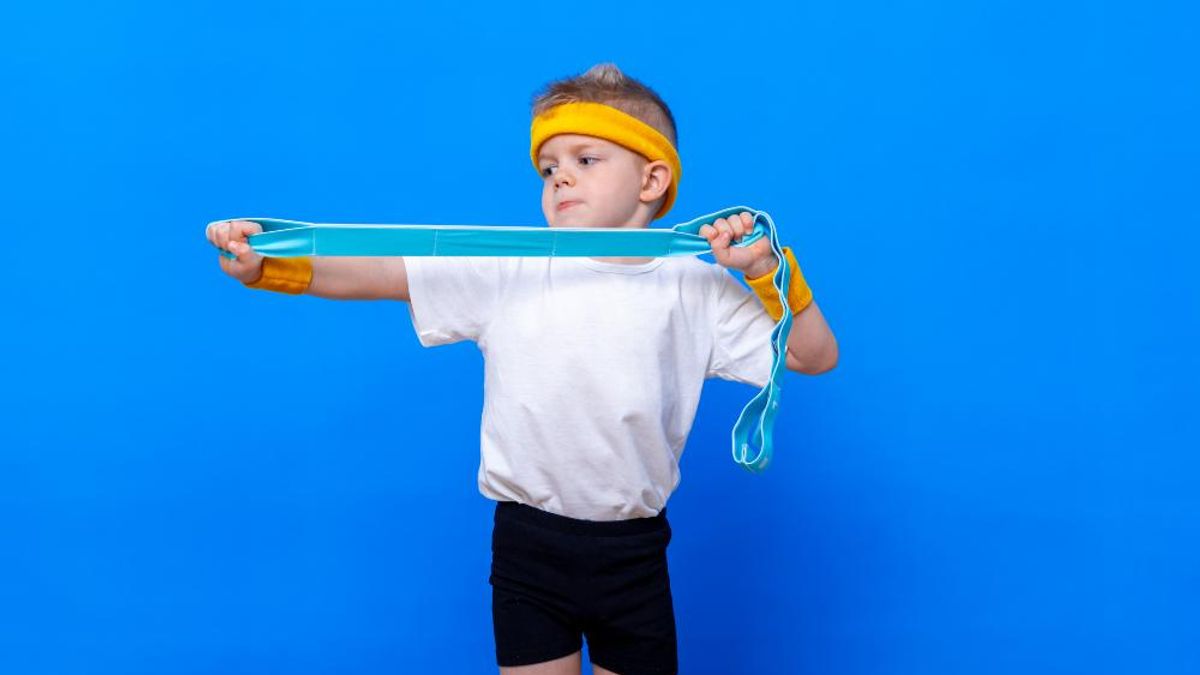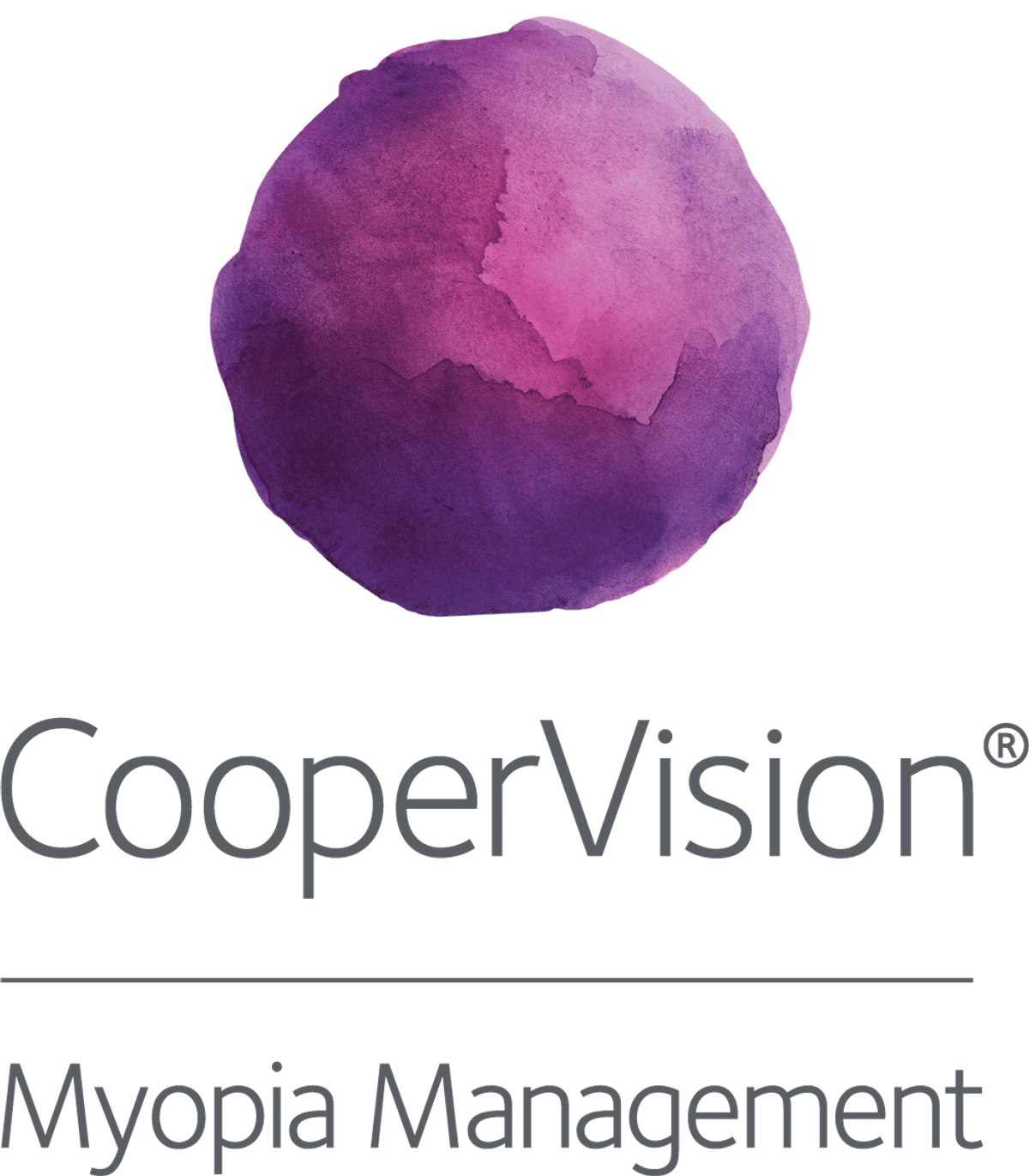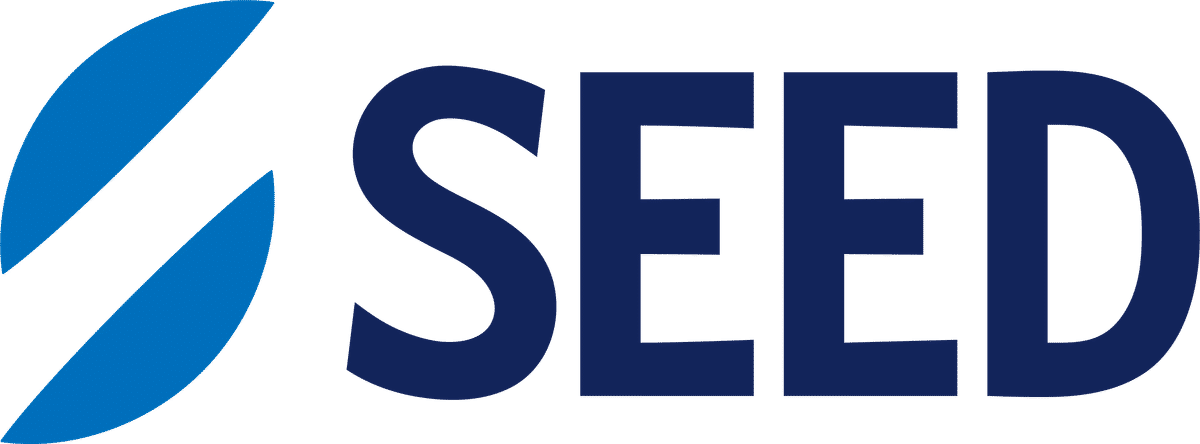Science
The impact of rebound in myopia control

In this article:
This paper outlined the correct method for calculating and compared the rebound phenomenon across different treatment modalities for myopia control. Optical treatments show minimal rebound, while higher concentrations of atropine and red-light therapy are associated with marked rebound.
Paper title: Efficacy in myopia control—The impact of rebound
Authors: Bullimore, Mark A (1); Brennan, Noel A (2)
- College of Optometry, University of Houston, Houston, Texas, USA.
- Johnson & Johnson, New Brunswick, New Jersey, USA.
Date: Oct 2024
References: Bullimore MA, Brennan NA. Efficacy in myopia control-The impact of rebound. Ophthalmic Physiol Opt. 2025 Jan;45(1):100-110
Summary
The rebound phenomenon is an important consideration in myopia management, yet it is often misunderstood. Previous studies have incorrectly calculated rebound by comparing post-treatment progression to during-treatment rates, rather than to age-matched untreated controls, leading to inflated estimates. This comprehensive review examined 24 treatment groups from 19 studies, recalculating rebound based on comparisons with age-matched untreated control groups and analysing axial elongation and myopia progression after stopping various interventions.
Key findings were as follows.
- When correctly calculated, the average rebound in axial elongation was +0.05 mm/year and −0.09 D/year for myopia progression.
- The magnitude of rebound was positively correlated with the treatment’s initial efficacy. Red light therapy and higher concentrations of atropine (>0.1%) were associated with the greatest rebound, sometimes exceeding +0.20 mm/year.
- In contrast, soft contact lenses and spectacle-based interventions showed negligible rebound, despite meaningful efficacy during treatment.
- Rebound from orthokeratology appeared variable, with potential confounding from corneal and choroidal thickness changes after lens wear cessation.
What does this mean for my practice?
This review highlights the importance of accurately interpreting the amount of rebound. Rebound should be assessed against age-matched untreated progression and not against progression during treatment, to avoid overestimating.
Rebound appears to be minimal with myopia control soft contact lenses and spectacle lenses. The findings also reinforce the need for careful interpretation of short-term post-treatment data, particularly with orthokeratology, where changes in corneal or choroidal thickness may transiently affect axial length readings. This provides reassurance that these modalities can be safely paused or discontinued with minimal risk of rebound, although ongoing myopia correction is still necessary, even in older children or those approaching stability.
In contrast, higher concentrations of atropine (>0.1%) and red-light therapy can lead to substantial rebound. Children may benefit from tapering atropine and closer monitoring after ceasing treatment to minimize post-treatment acceleration.
What do we still need to learn?
Annualising rebound estimates from studies shorter than one year may be misleading. This is especially relevant for interpreting rebound in red light therapy and orthokeratology, which can involve short-term anatomical changes.
Another key consideration is the role of corneal and choroidal thickness changes. Several interventions, including spectacle lenses, orthokeratology, atropine, and red-light therapy, are known to cause temporary choroidal thickening.1-8 These changes reverse after treatment stops and may mimic apparent axial elongation, particularly in short-duration studies. Corneal thinning with orthokeratology similarly affects axial length readings.
Seasonal effects may also influence short-term outcomes. Studies with treatment or cessation periods shorter than 12 months risk misrepresenting true progression due to seasonal variability in axial length growth.
Longer-term, well-controlled studies are essential to evaluate true rebound and develop evidence-based cessation strategies.
Abstract
Title: Efficacy in myopia control—The impact of rebound
Authors: Mark A. Bullimore, Noel A. Brennan
Purpose: When myopia control treatment is discontinued, progression will increase, but does it revert to expected values based on the age and race of the child or does it accelerate further? The latter scenario is considered a rebound.
Methods: A PubMed search was conducted with the words 'rebound' and 'myopia control', identifying further papers from reviews. Inclusion was limited to prospective studies with ≥6 months of treatment, ≥3 months of data following cessation and with axial length data, which allowed calculation of rebound. Nineteen studies were identified, comprising 24 treatment groups. In 10 studies, untreated control children were followed both throughout the treatment and cessation periods, allowing for a concurrent comparison group. In three studies, a control group was followed for 1 or 2 years and thereafter received the treatment under evaluation. Later, treatment ceased in the originally treated children. Finally, six studies were cross-over designs. For these latter two study designs, initial axial elongation and myopia progression in the control group were extrapolated to the cessation period, accounting for annual slowing. Values from durations of <1 year were annualised.
Results: The mean annualised rebound was +0.05 ± 0.10 mm and -0.09 ± 0.24 D for axial length and myopia progression, respectively, and these were correlated (r2 = 0.59, p < 0.001). Rebound was associated with 1-year treatment efficacy (r2 = 0.43, p < 0.001). The mean annualised rebound with optical corrections was -0.01 ± 0.03 mm. Five of the six highest rebound values (≥0.14 mm) were from red light therapy and atropine studies. Rebound ranged from +0.03 to +0.14 mm for overnight orthokeratology.
Conclusions: Consistent with previous statements, no evidence for rebound was found for myopia control spectacles and soft contact lenses. Future research should explore the influence of age and magnitude of treatment efficacy on rebound.
Meet the Authors:
About Ailsa Lane
Ailsa Lane is a contact lens optician based in Kent, England. She is currently completing her Advanced Diploma In Contact Lens Practice with Honours, which has ignited her interest and skills in understanding scientific research and finding its translations to clinical practice.
Read Ailsa's work in the SCIENCE domain of MyopiaProfile.com.
References
- Huang Y, Li X, Wu J, Huo J, Zhou F, Zhang J, Yang A, Spiegel DP, Chen H, Bao J. Effect of spectacle lenses with aspherical lenslets on choroidal thickness in myopic children: a 2-year randomised clinical trial. Br J Ophthalmol. 2023 Nov 22;107(12):1806-1811 [Link to open access paper]
- Chun RKM, Zhang H, Liu Z, Tse DYY, Zhou Y, Lam CSY, To CH. Defocus incorporated multiple segments (DIMS) spectacle lenses increase the choroidal thickness: a two-year randomized clinical trial. Eye Vis (Lond). 2023 Sep 15;10(1):39 [Link to open access paper]
- Chen Z, Xue F, Zhou J, Qu X, Zhou X. Effects of Orthokeratology on Choroidal Thickness and Axial Length. Optom Vis Sci. 2016 Sep;93(9):1064-71 [Link to abstract]
- Li Z, Hu Y, Cui D, Long W, He M, Yang X. Change in subfoveal choroidal thickness secondary to orthokeratology and its cessation: a predictor for the change in axial length. Acta Ophthalmol. 2019 May;97(3): e454-e459 [Link to open access paper]
- Zhao W, Li Z, Hu Y, Jiang J, Long W, Cui D, Chen W, Yang X. Short-term effects of atropine combined with orthokeratology (ACO) on choroidal thickness. Cont Lens Anterior Eye. 2021 Jun;44(3):10134 [Link to abstract]
- Hao Q, Zhao Q. Changes in subfoveal choroidal thickness in myopic children with 0.01% atropine, orthokeratology, or their combination. Int Ophthalmol. 2021 Sep;41(9):2963-2971 [Link to open access paper]
- Luyao Ye, Ya Shi, Yao Yin, Shanshan Li, Jiangnan He, Jianfeng Zhu, Xun Xu; Effects of Atropine Treatment on Choroidal Thickness in Myopic Children. Invest. Ophthalmol. Vis. Sci. 2020;61(14):15 [Link to open access paper]
- Xiong R, Zhu Z, Jiang Y, Kong X, Zhang J, Wang W, Kiburg K, Yuan Y, Chen Y, Zhang S, Xuan M, Zeng J, Morgan IG, He M. Sustained and rebound effect of repeated low-level red-light therapy on myopia control: A 2-year post-trial follow-up study. Clin Exp Ophthalmol. 2022 Dec;50(9):1013-102 [Link to open access paper]
Enormous thanks to our visionary sponsors
Myopia Profile’s growth into a world leading platform has been made possible through the support of our visionary sponsors, who share our mission to improve children’s vision care worldwide. Click on their logos to learn about how these companies are innovating and developing resources with us to support you in managing your patients with myopia.












